Different types of dryers
Frutas: Manzana, plátano, piña, mango…
Verduras: Papas, zanahorias, cebollas, champiñones, col rizada...
Carnes y mariscos: Cecina, filetes de pescado, camarones…
Hierbas y especias: Albahaca, aji, orégano, romero, ajo...
Frutos secos y semillas: Maní, nueces, semillas de calabaza...
Alimentos especiales: Flores, alimento para mascotas, hojas de té, algas…
Madera: Pino radiata, eucalipto, roble blanco...

El secado de piñas se debe hacer con el producto peladao, cortadas en rodajas uniformes y distribuidas sin superposición, a una temperatura gradual de 50-60 °C durante 20-22 horas. Logrando un secado uniforme, preservando el sabor y los nutrientes.
Read more
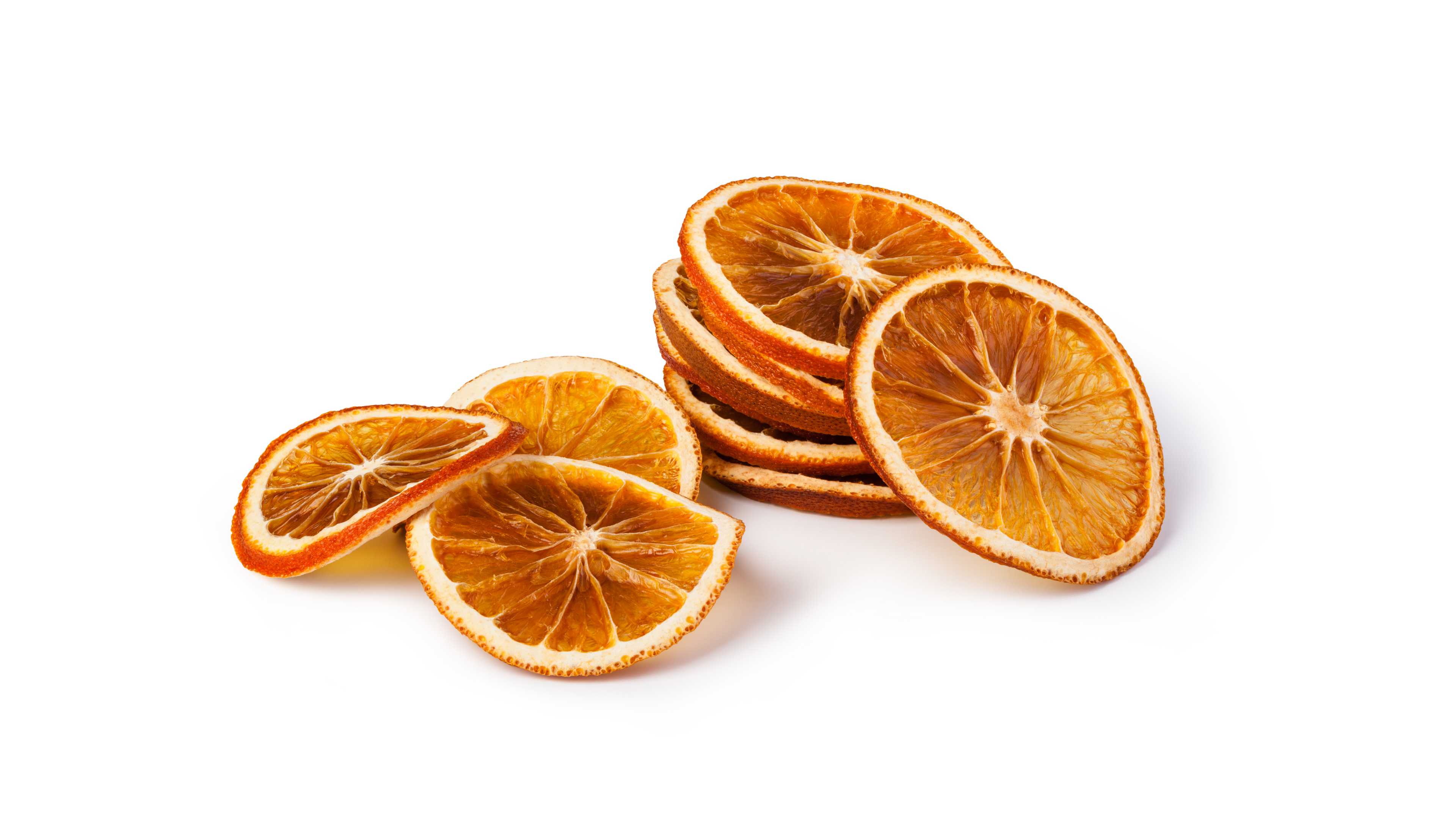
Para secar naranjas que conserven su sabor y calidad, se recomienda usar una secadora TROCKNNER a bajas temperaturas (40-50 °C) durante 18-22 horas, tras lavarlas, cortarlas en rodajas uniformes y colocarlas sin apilar, revisando periódicamente el nivel de humedad.
Read more
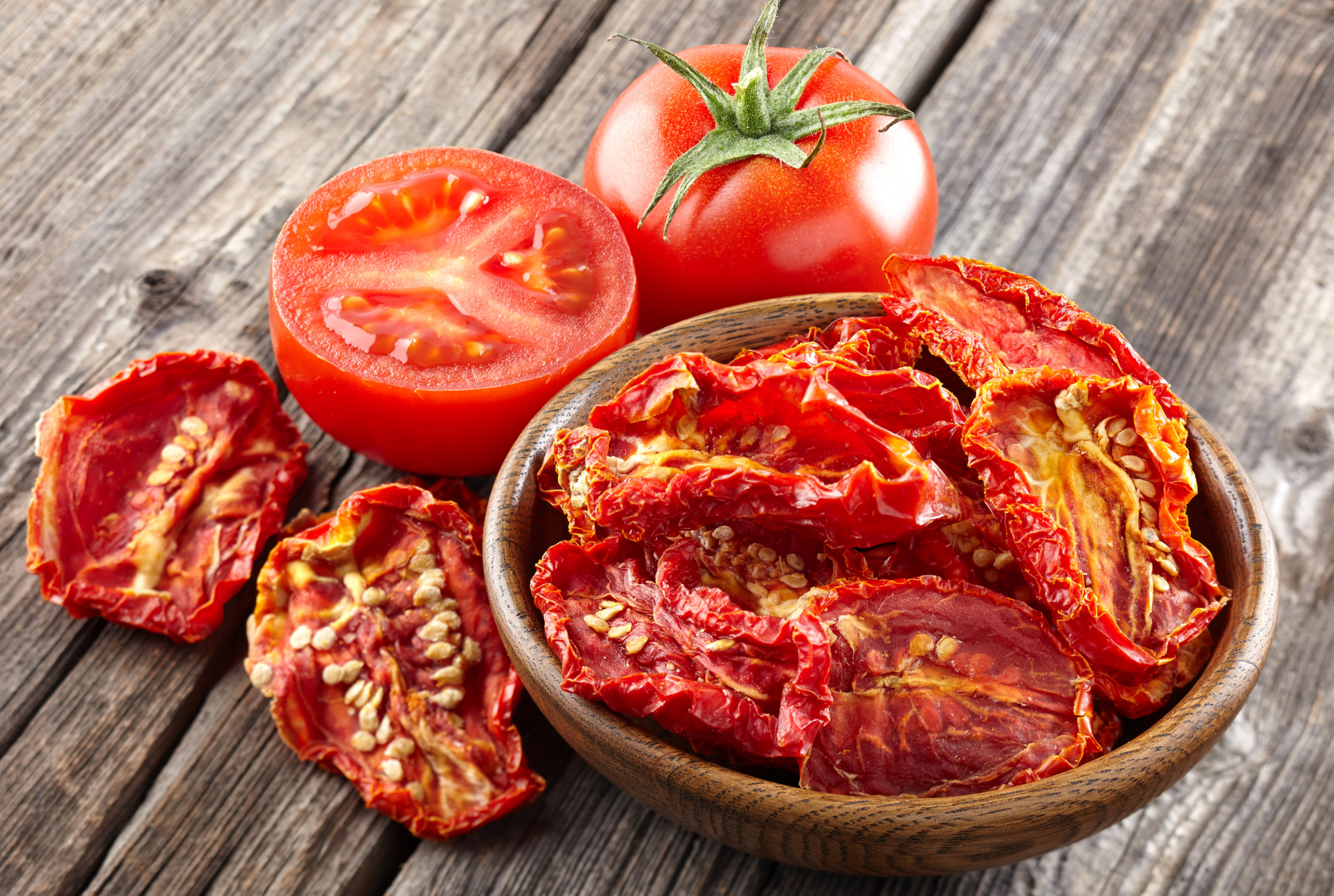
El secado de tomates requiere seleccionar frutos maduros y frescos, cortarlos, secarlos a temperatura y humedad controladas durante varias horas, enfriarlos y almacenarlos en condiciones adecuadas, manteniendo la higiene y controlando posibles deterioros.
Read more
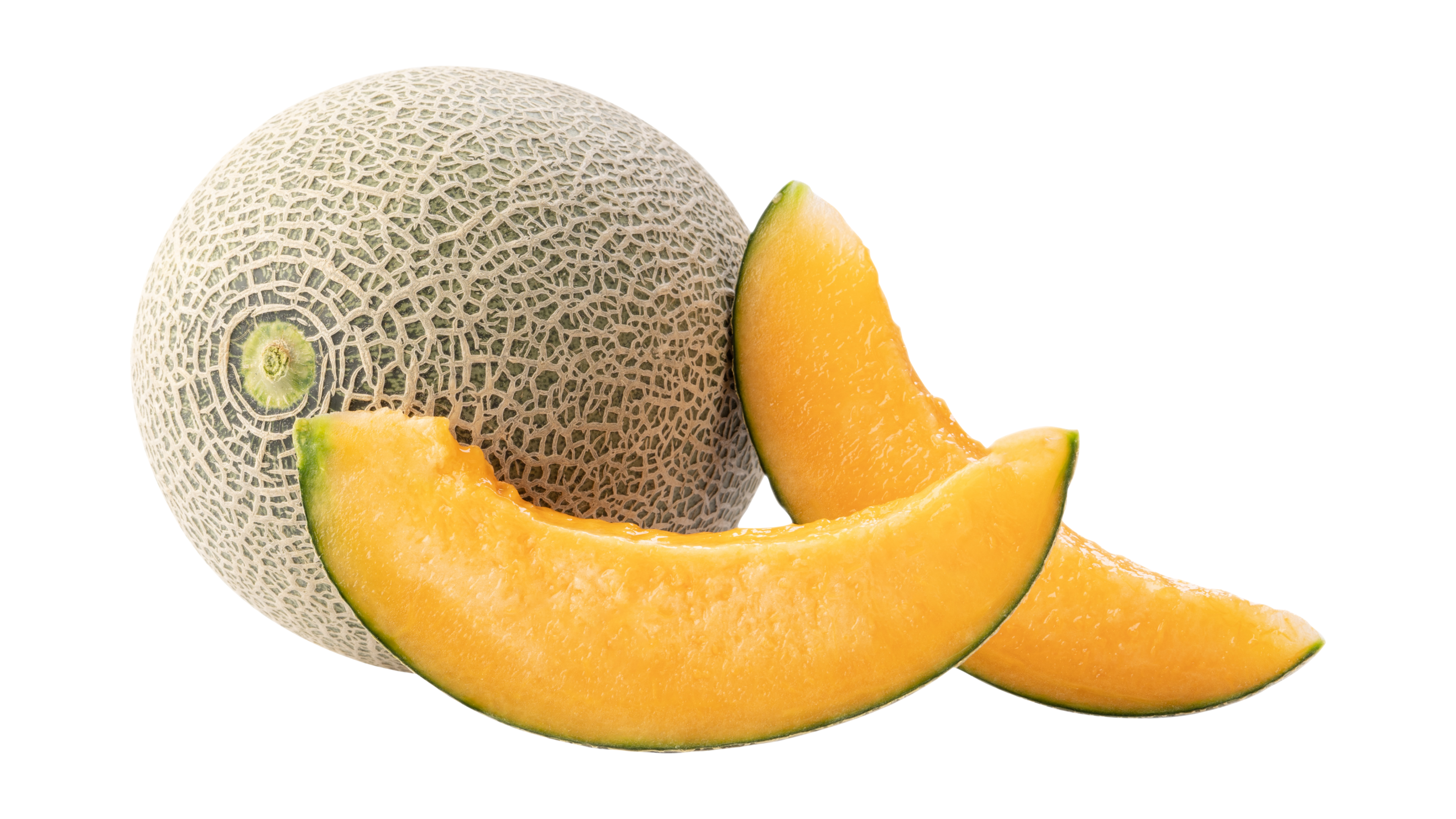
Para secar melón primero córtelo en rodajas finas o cubos para reducir el tiempo de secado y mejorar los resultados. Coloque las piezas de forma uniforme en la bandeja, evitando que se superpongan. Ajuste la temperatura entre 30 °C y 70 °C, considerando las condiciones del melón y el modelo de la máquina, y mantenga el secado entre 16 y 22 horas, verificando periódicamente el avance. Una vez que el melón esté completamente seco, retírelo y déjelo enfriar en un lugar seco y ventilado antes de guardarlo. Es importante preservar la higiene y la seguridad durante todo el proceso para evitar la contaminación de los alimentos y posibles fallos de la máquina de secado.
Read more

Para secar arándanos con las secadoras TROCKNNER, primero se deben lavar cuidadosamente y retirar los frutos dañados o demasiado maduros. Luego, se colocan en las bandejas del equipo y se ajusta la temperatura entre 45 °C y 55 °C, rango que preserva su color y nutrientes. El proceso, que varía según la cantidad y humedad, suele durar entre 12 y 18 horas y cuenta con control automático de temperatura según el programa seleccionado. Una vez secos y libres de humedad, se almacenan en recipientes herméticos para su uso en yogur, cereales, avena o como refrigerio saludable.
Read more
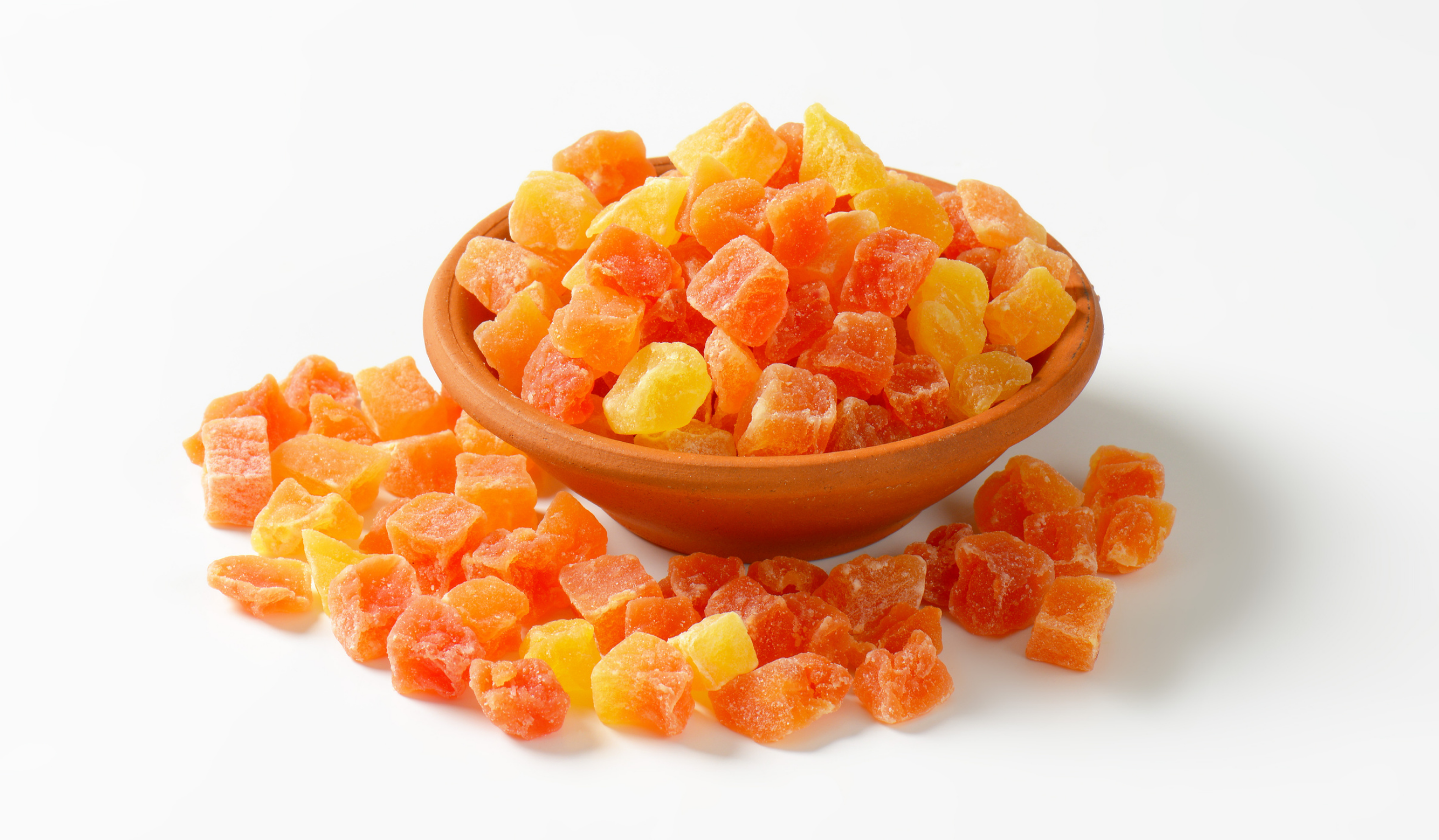
Para secar papayas con un sistema TROCK - FOOD, comienza a 40‑50 °C para preservar la calidad, aumenta gradualmente a 60‑65 °C para un secado completo y reduce a 30‑40 °C para enfriar y evitar deterioro en almacenamiento. Ajusta las temperaturas según el grosor y sigue siempre las indicaciones del fabricante para obtener mejores resultados y seguridad
Read more
Para secar uvas correctamente, se deben mantener temperaturas entre 40 °C y 60 °C y una humedad relativa de 30 % a 50 %, ajustando el tiempo según el tamaño, variedad y contenido de agua de las uvas. Temperaturas altas pueden endurecer la cáscara y dejar el interior húmedo, mientras que temperaturas bajas prolongan el proceso y favorecen el moho. El procedimiento consiste en seleccionar uvas maduras y sanas, lavarlas, distribuirlas uniformemente en la bandeja de la secadora TROCKNNER, configurar temperatura, humedad y tiempo según las especificaciones, y revisar periódicamente hasta que estén listas.
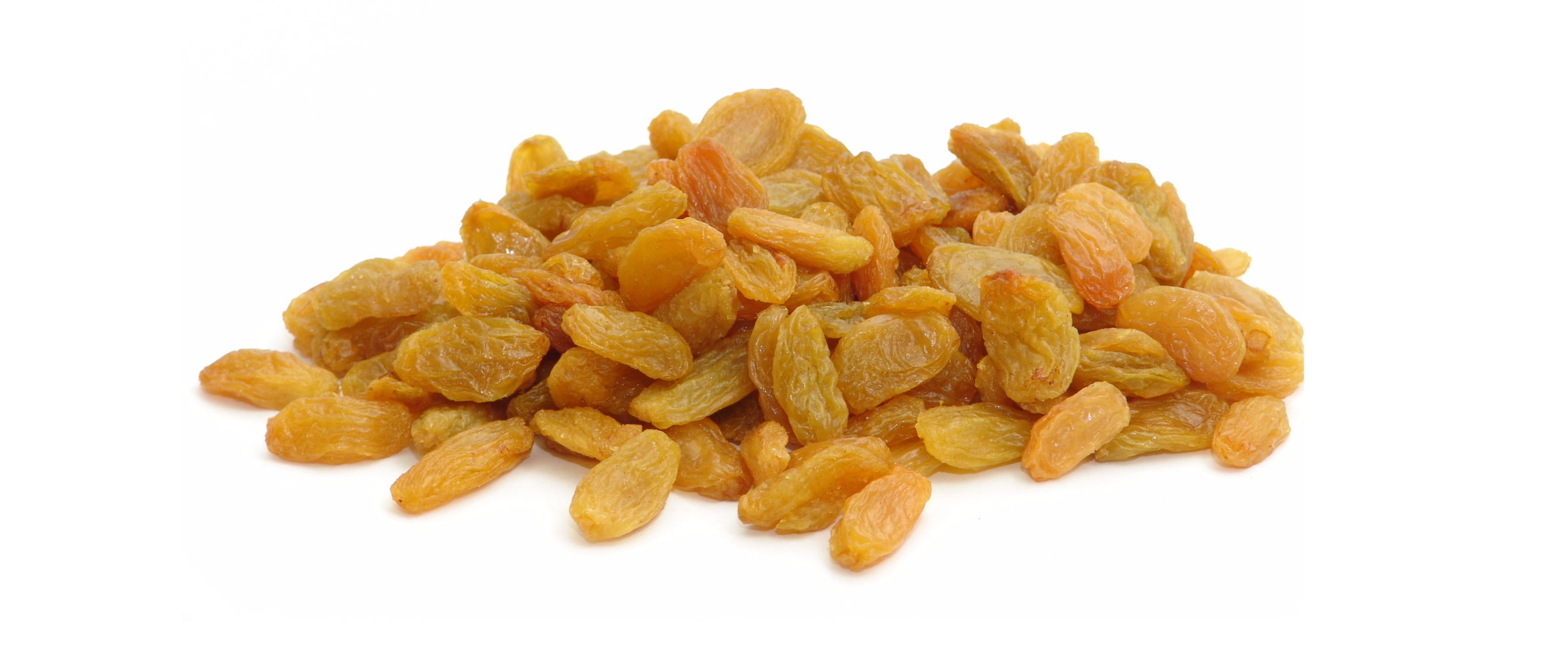 Read more
Read more
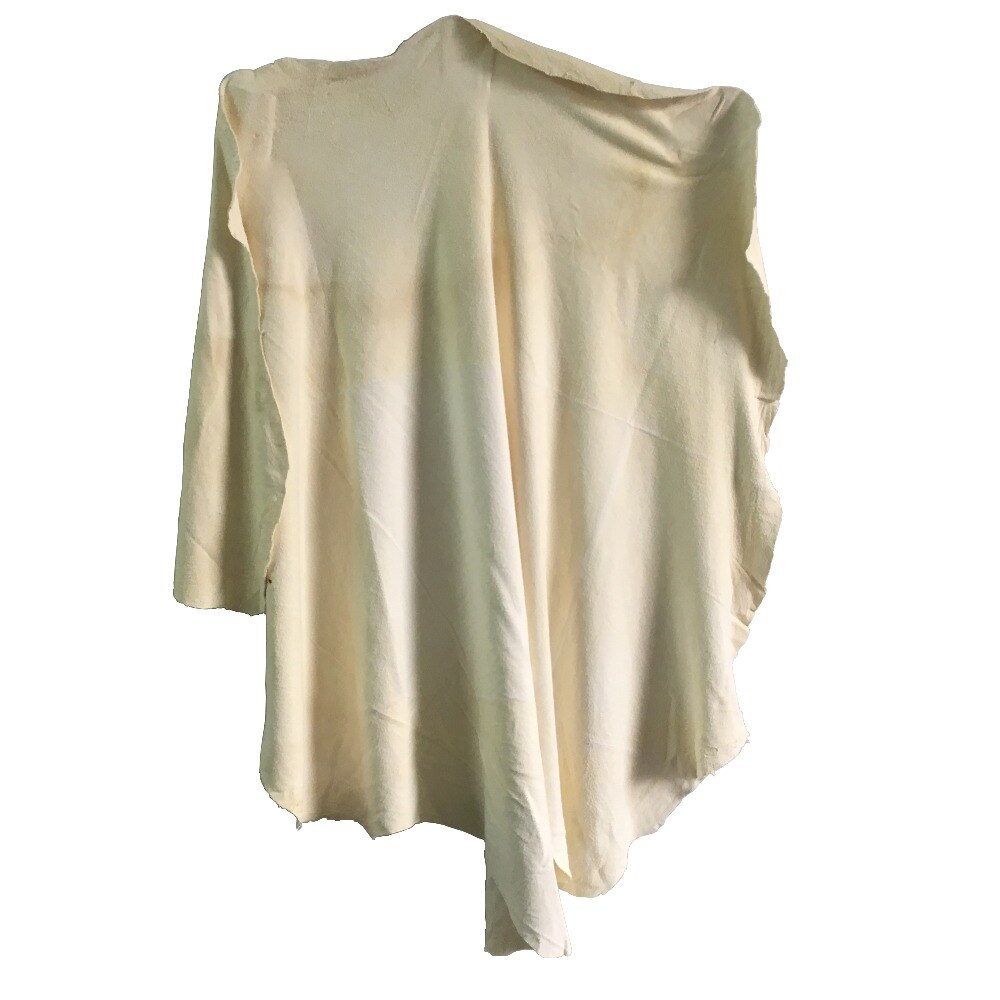
El secado del cuero es una operación de acabado que afecta directamente las propiedades físicas, mecánicas y estéticas del producto final, no es solo la eliminación de la humedad. Si necesita deshidratar un gran lote de cuero, el equipo de secado recomendado es un modelo de SECADO DE TÚNEL. Para grandes lotes de materiales con una determinada forma, el tiempo de secado es muy largo, por lo que la cubierta exterior de la sala de secado se puede diseñar en un túnel angosto.
Read more
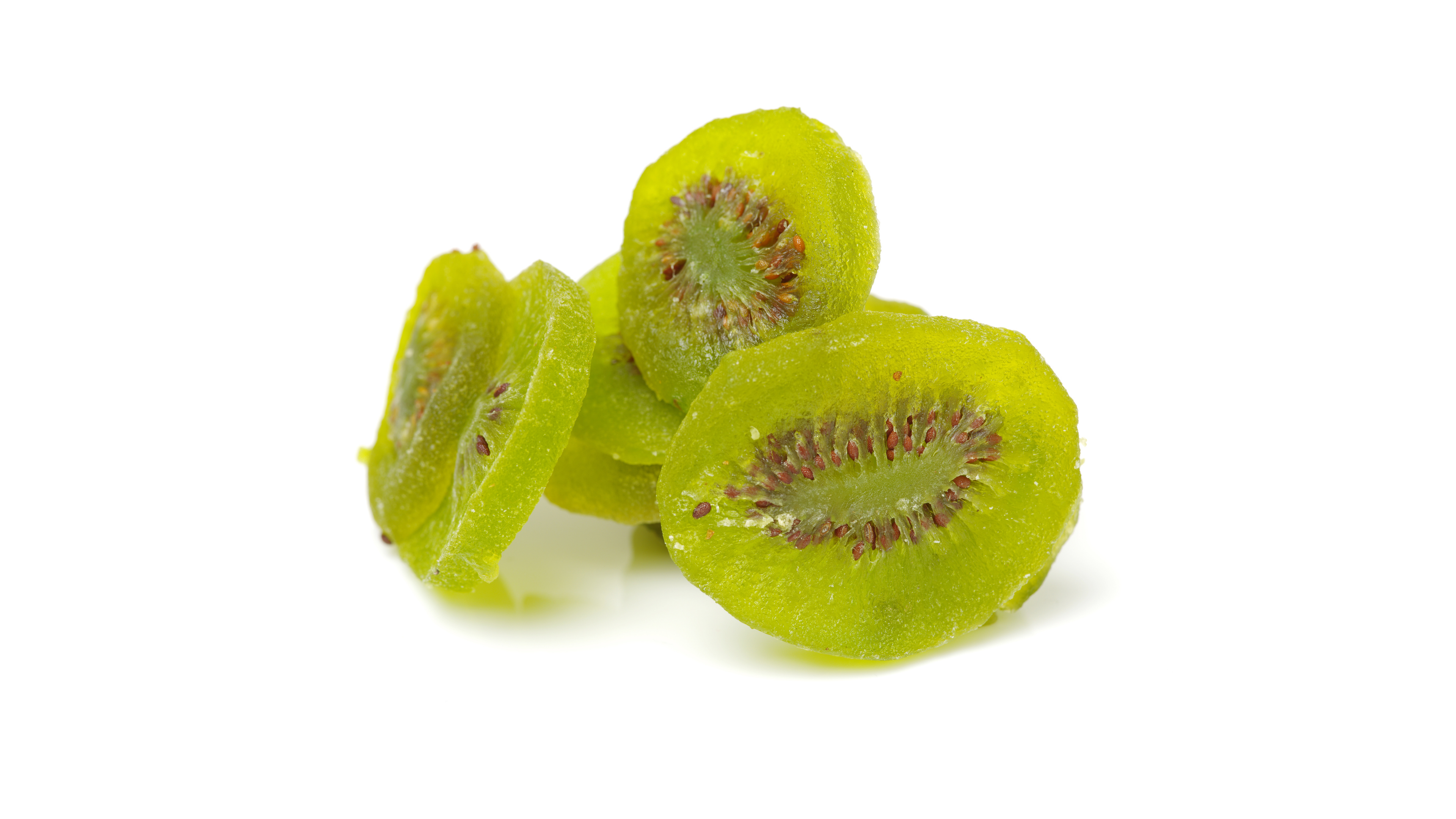
Para secar kiwis con un secador TROCKNNER, se deben cortar en rodajas finas, ajustar la temperatura entre 50 y 60 °C, garantizar una buena circulación de aire, mantener el secado durante 12 a 15 horas y revisar periódicamente su estado para asegurar un secado uniforme y evitar el deterioro.
Read more
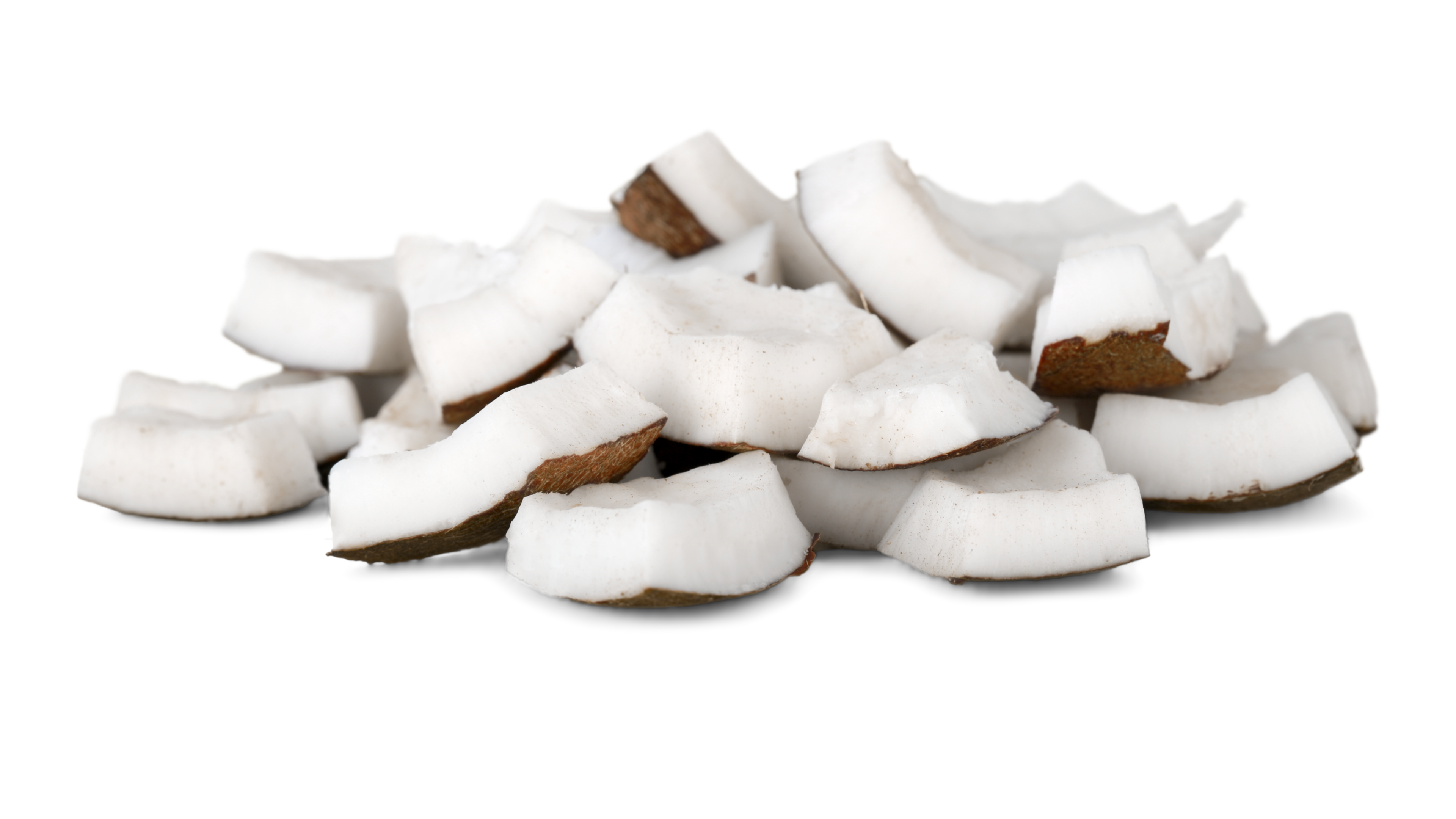
Para secar coco con el sistema TROCK-FOOD, se debe partir la pulpa en trozos y colocarlos en la bandeja del secador dejando espacio para la circulación de aire. Ajustar la temperatura entre 55 y 60 °C (hasta 65 °C según necesidad) y mantener la humedad del equipo entre 40 % y 60 %. El tiempo de secado varía de 10 a 20 horas según el tamaño y contenido de agua del coco, revisando periódicamente hasta que esté seco y quebradizo. Los parámetros pueden variar según el modelo, por lo que conviene seguir el manual de la máquina.
Read more

Para secar plátanos con una secadora TROCKNNER, córtelos en rodajas o cubos finos y colóquelos sin superponer en las bandejas. Ajuste la temperatura entre 30 °C y 70 °C según el tamaño y grosor, evitando valores demasiado altos para conservar nutrientes y sabor. Durante el proceso, no es necesario voltearlos periódicamente para lograr un secado uniforme. Una vez finalizado, guárdelos en un recipiente adecuado.
Read more
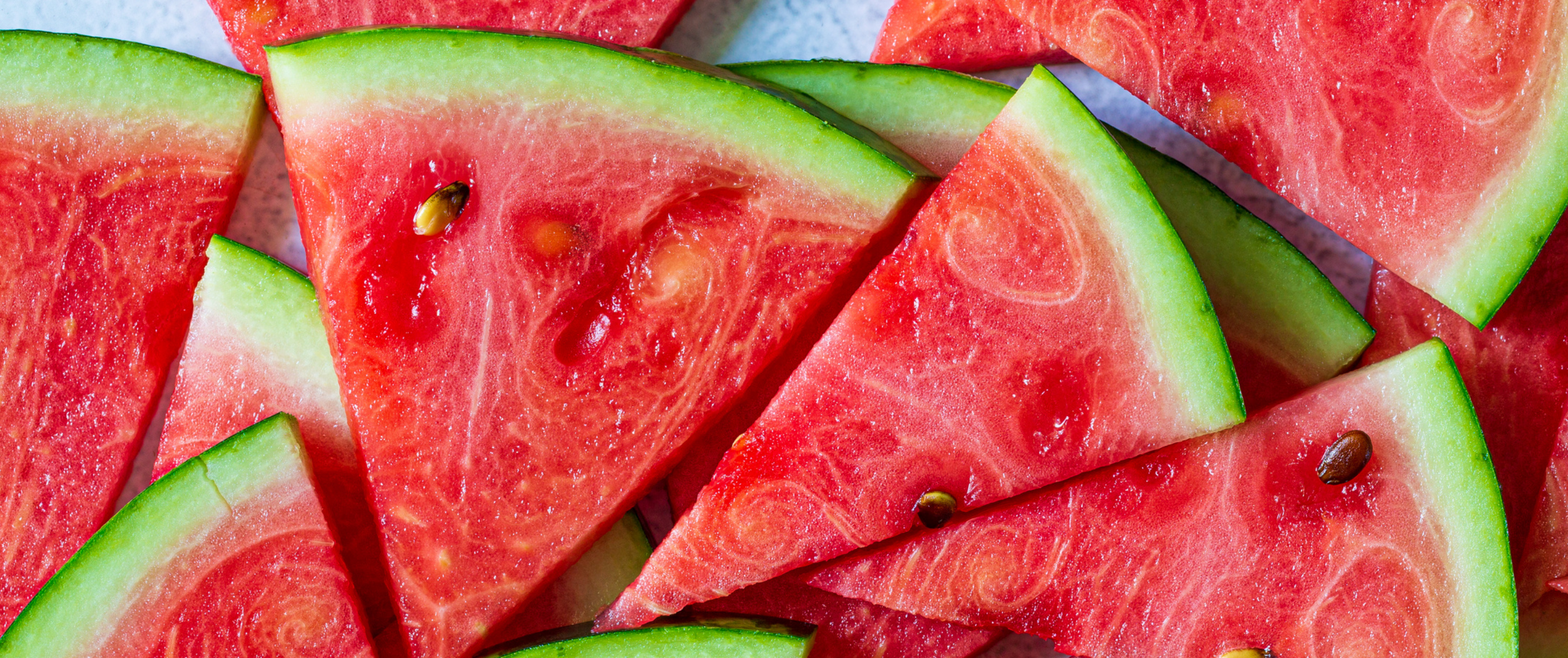
Para secar sandía con un secador TROCK-FOOD, córtala en rodajas o cubos y mantenla a una temperatura de 50 °C a 60 °C durante varias horas o hasta un día, dependiendo de las condiciones. Es importante garantizar una buena ventilación, controlar el proceso y la conservación de nutrientes.
Read more
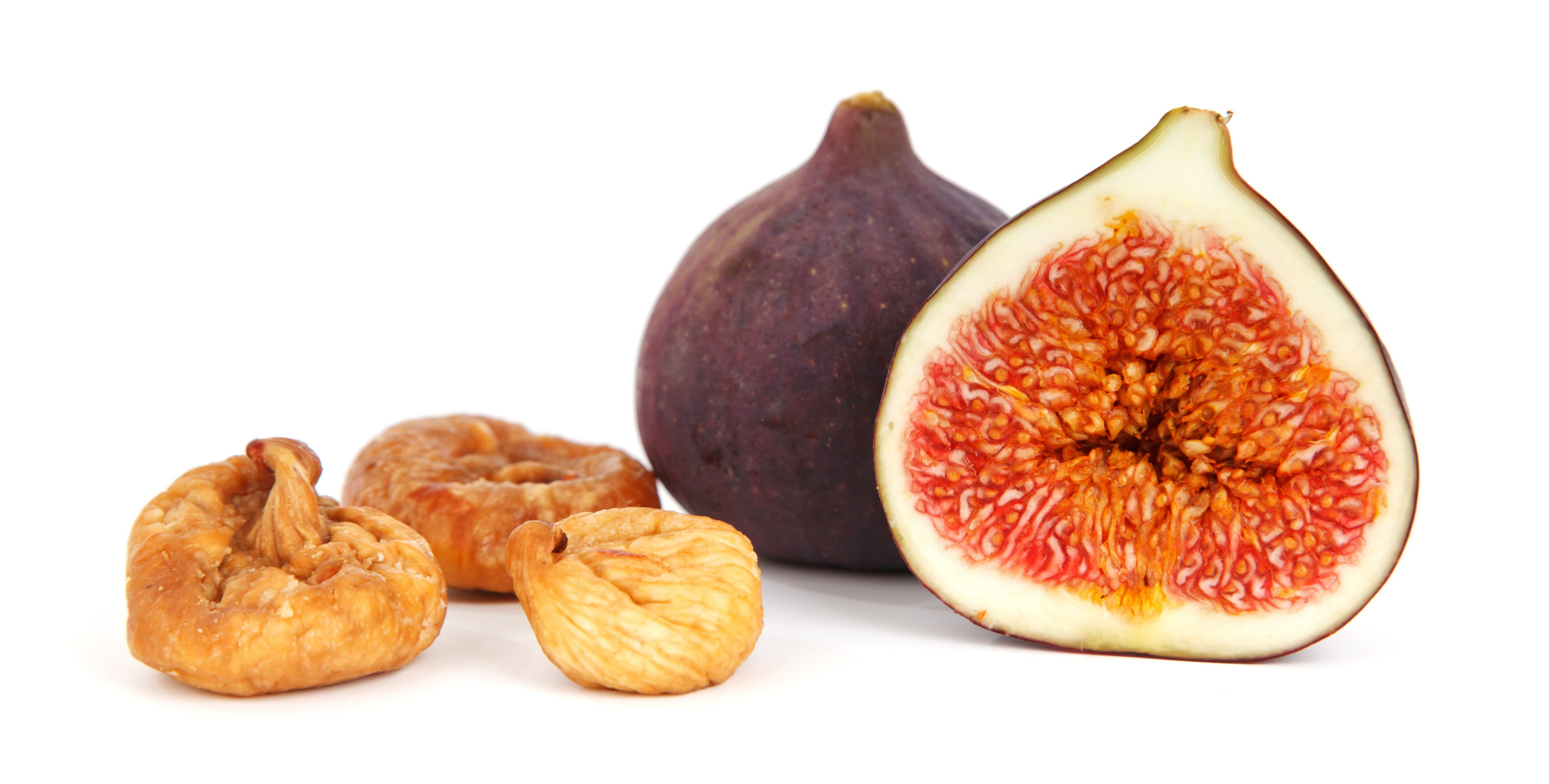
Para secar higos con un secador TROCK-FOOD, primero hay que lavarlos, pelarlos y cortarlos, colocarlos en bandejas sin amontonarlos y ajustar la temperatura entre 55 °C y 60 °C durante 8 a 14 horas, revisando periódicamente su estado para evitar que se sequen en exceso. Una vez secos, deben enfriarse completamente antes de consumir o almacenar, y el equipo debe usarse en un lugar ventilado debido al calor y ruido que genera.
Read more

Para secar duraznos con un secador TROCKNNER, ajusta la temperatura entre 50 °C y 60 °C y el tiempo entre 16 y 20 horas, modificándolo según el tamaño y humedad de la fruta. Corta los duraznos en rodajas uniformes para acelerar el proceso y, si lo prefieres, aplica una capa ligera de miel o almíbar para mejorar su sabor y textura. Durante el secado, revisa periódicamente el nivel de sequedad para evitar que se cocinen demasiado y obtener un resultado óptimo.
Read more

Para secar caquis con una secadora TROCKNNER, se recomienda limpiarlos, quitarles tallos y hojas, y cortarlos en rodajas finas para acelerar el proceso. La temperatura ideal es de 60 °C a 70 °C, evitando niveles más altos que puedan secar solo la superficie. El tiempo suele superar las 24 horas, ajustándose al tamaño y humedad de la fruta. Una vez secos, deben guardarse en un lugar seco y ventilado, preferiblemente en envases herméticos para protegerlos de la humedad.
Read more
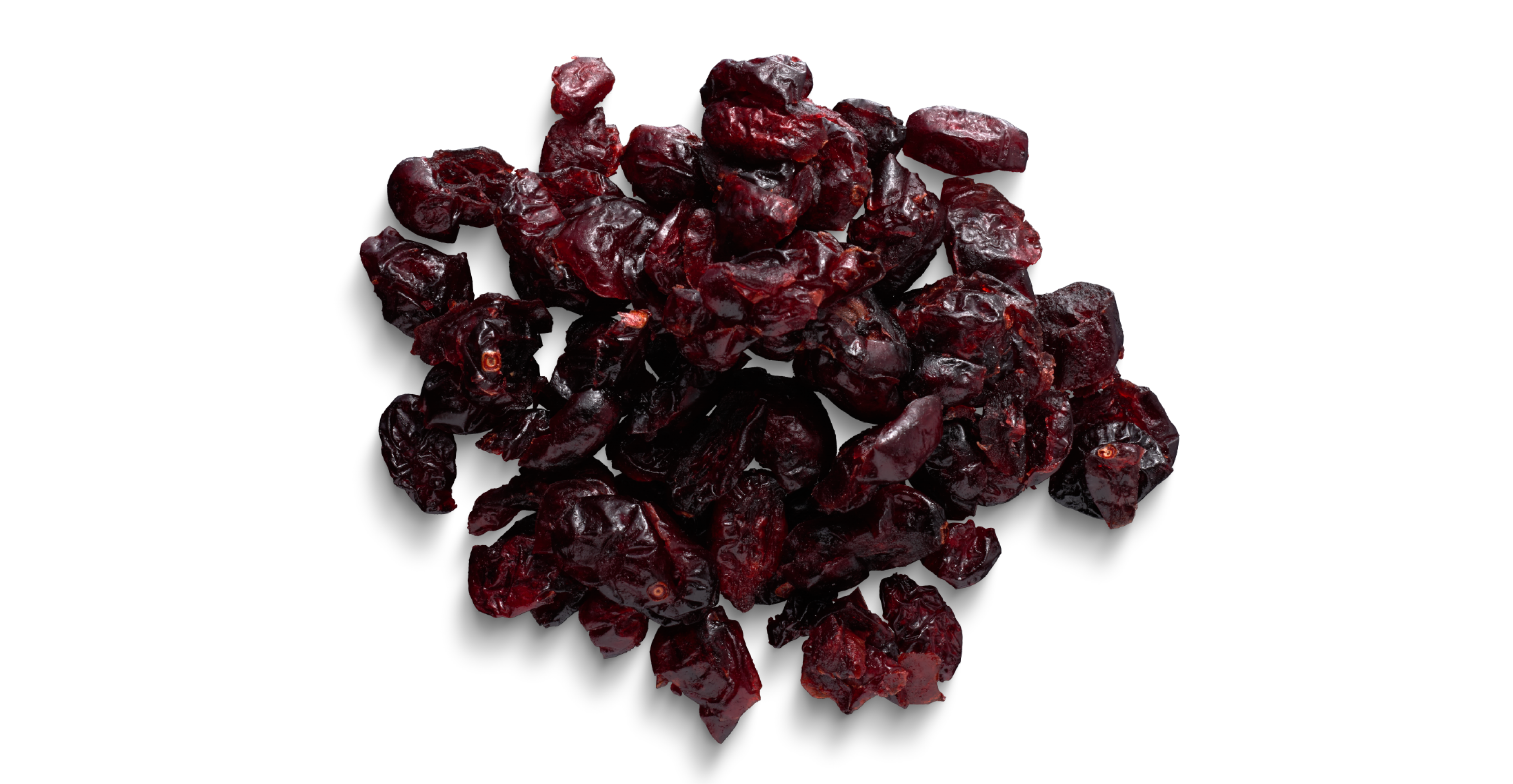
Lava y deshuesa las cerezas; si son grandes, córtalas por la mitad. Distribúyelas en la bandeja del secador sin que se toquen. Ajusta la temperatura entre 50 °C y 65 °C durante 8–20 horas según su tamaño y humedad. Revisa y reorganiza las piezas para un secado uniforme. Evita temperaturas extremas para conservar sabor y nutrientes. Cuando estén completamente secas, guárdalas en un lugar fresco, seco y bien ventilado.
Read more
Accordion item content description.
Read more
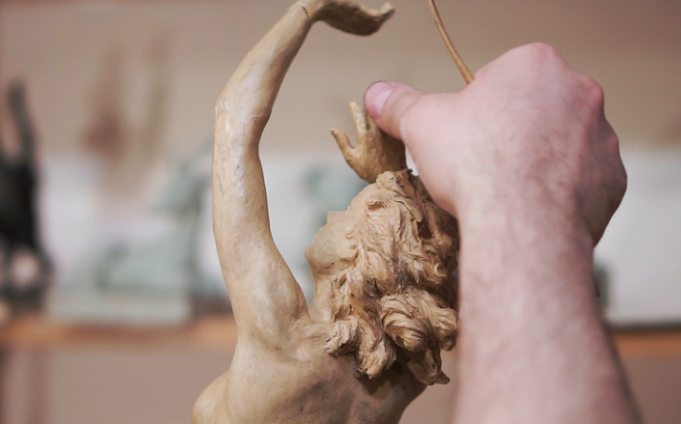
TROCKNNER desarrolló secadores especializados con deshumidificación en circuito cerrado, capaces de generar calor a partir de la propia humedad del material y operar eficientemente en climas fríos. Existen dos modelos: el tipo sala, pensado para producciones pequeñas y medianas, y el tipo túnel, que agiliza el proceso y reduce la mano de obra. Este sistema disminuye el tiempo de secado de 24 a 17 horas, mantiene un consumo energético similar al carbón (847 kWh por ciclo, costo aproximado de 60 CLP por línea), pero con un ahorro significativo en labor y una notable mejora en la calidad del producto.
Read more

Secar hierbas aromáticas permite conservar su sabor y aroma para todo el año, especialmente en invierno cuando no crecen. Puede hacerse al aire libre o con un deshidratador, que acelera el proceso. Entre las hierbas más habituales para secar están: romero, tomillo, salvia, orégano, cilantro, estragón y cebollín. Una vez secas, sirven para sazonar ensaladas, preparar infusiones o dar más sabor a las comidas. El secado tarda de 2 a 6 horas, según el tipo de hierba.
Read more
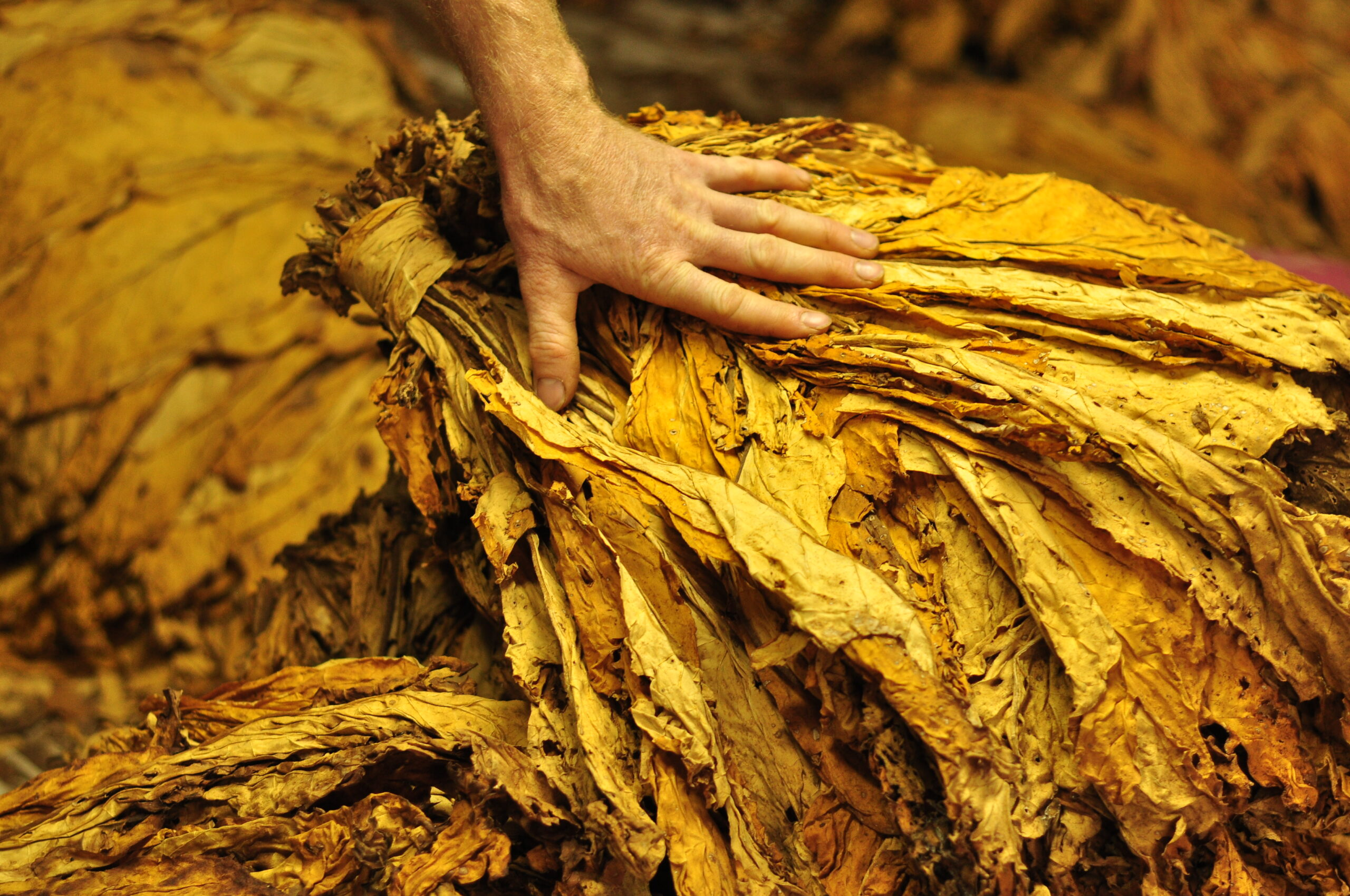
El secado de las hojas de tabaco frescas es fundamental para lograr su calidad final, ya que define su apariencia (color, brillo, uniformidad y ausencia de daños), su composición química (azúcares, proteínas y sales minerales), sus propiedades físicas (combustión, elasticidad, peso y humedad) y su aroma característico. El método estándar se realiza en tres etapas: el amarillamiento, con temperaturas controladas entre 32 y 42 °C para obtener un color uniforme; el color fijo, aumentando gradualmente la temperatura hasta 52 °C para estabilizar el tono y prevenir defectos; y el secado final, elevando rápidamente la temperatura a un máximo de 68 °C para eliminar toda la humedad manteniendo el aroma. Este proceso, basado en un control preciso de temperatura y humedad, asegura hojas de tabaco con calidad visual, química, física y aromática óptima.
Read more
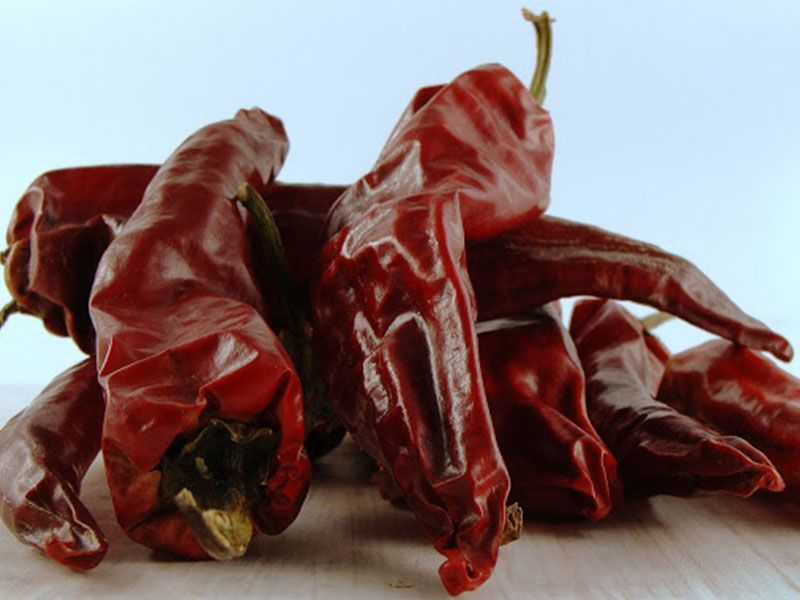
El ají, rico en nutrientes y especialmente en vitamina C, requiere un secado cuidadoso para mantener su calidad y color. La tecnología de deshumidificación a alta temperatura mejora el proceso frente a métodos tradicionales, optimizando apilamiento, temperatura (60–65 °C), ventilación y el uso de un secado por etapas con “pisado y sudado” para reducir tiempo, preservar nutrientes y garantizar uniformidad en el producto.
Read more
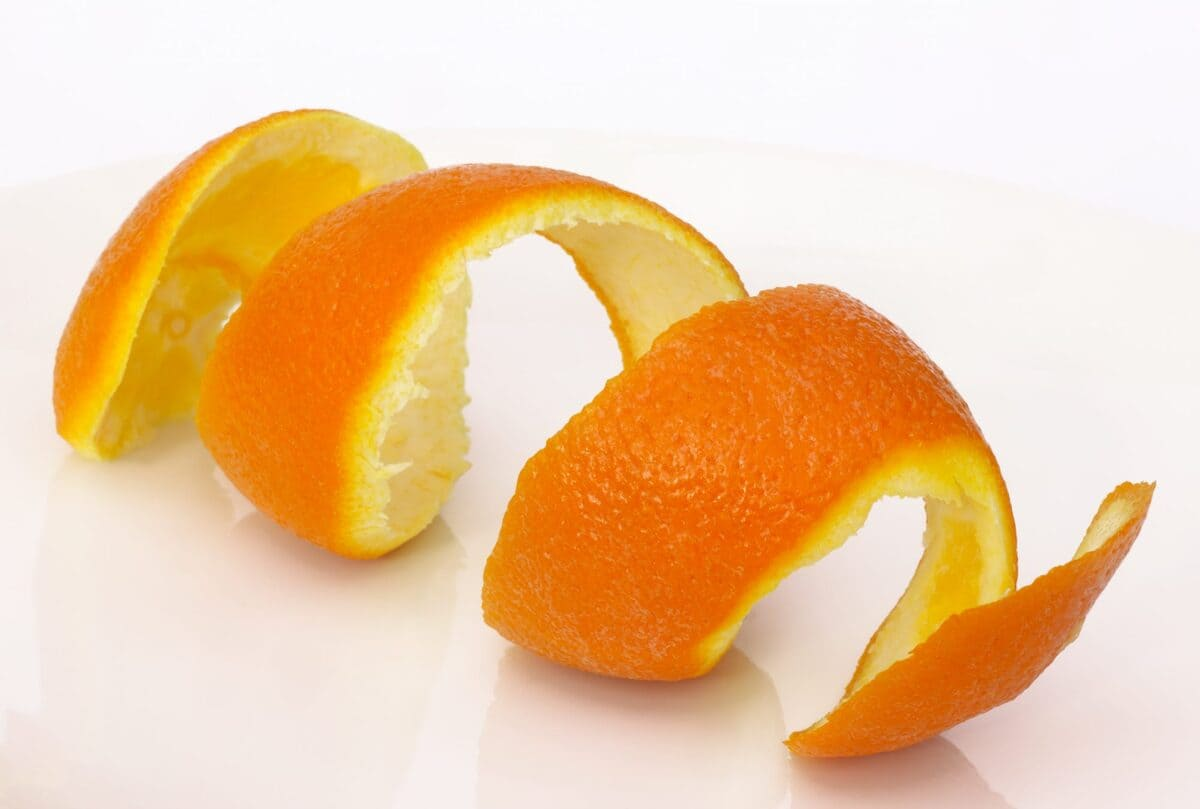
La cascara de naranja es ampliamente usada en medicina alternativa en manera de infusiones o como aromatizante natural. El secado de este producto se realiza principalmente a la sombra o al sol. Aunque se mantiene el aroma natural de la naranja, también se pierde otras características. Pero la principal desventaja es que, se necesita un clima soleado y mucho espacio. Cuando hace mal tiempo, no hay forma de que la producción sea normal y no se puede garantizar la calidad de la cáscara de naranja. Nuestra empresa desarrolló y fabricó un secador inteligente para esta aplicación con bajo costo de secado y en una pequeña área de piso. ¿Cómo secar la cáscara de naranja? Para esta aplicación se debe adoptar un secado de media y baja temperatura, que se puede dividir en tres etapas: Precalentamiento en la etapa inicial, calentamiento hasta los 35 °C de manera gradual, manteniéndolo durante aproximadamente 3 horas y comenzando a deshumidificar cuando la temperatura alcanza los 35°C. Después de 3 horas de secado, la piel de naranja comienza a estar relativamente seca. En este momento, la temperatura debe elevarse a 40°C. La temperatura debe mantenerse y la velocidad de deshumidificación debe ser constante. Después de las primeras 6 horas de secado, la temperatura se eleva a 45°C en este momento, la temperatura se mantiene y se debe deshumidificar durante 3 horas. Al final del proceso la humedad se ha reducido alrededor del 13%
Así se obtiene un producto de buena calidad sin depender del clima.
Read more
Así se obtiene un producto de buena calidad sin depender del clima.
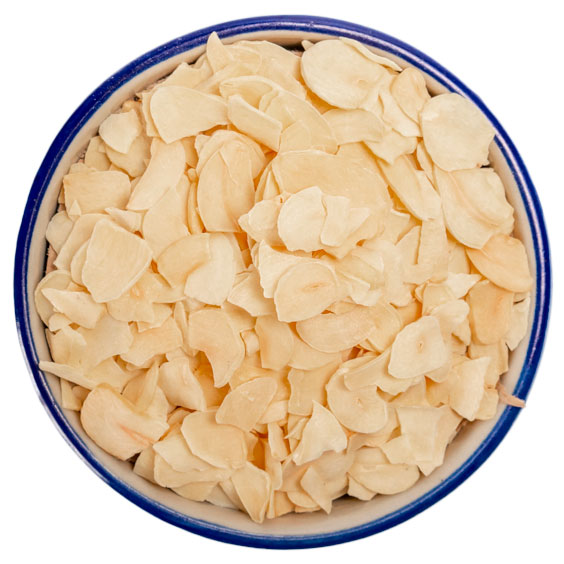
En la actualidad, el ajo seco se emplea principalmente en la elaboración de condimentos y productos para la salud, ya que el procesamiento mediante tecnología moderna permite conservar su sabor y nutrientes originales, suavizar su aroma característico y prolongar notablemente su tiempo de almacenamiento. Su producción parte de un proceso en cinco pasos: selección manual del material para retirar bulbos dañados o enmohecidos, pelado de dientes y eliminación de pieles, corte en rodajas para optimizar la deshidratación y reducir el volumen, limpieza minuciosa de las rodajas —incluyendo una fase en máquina con agua a 10 °C durante tres minutos para eliminar suciedad, mucosidad y azúcares— y centrifugado para acortar el tiempo de secado. Posteriormente, las rodajas se distribuyen uniformemente en bandejas y se secan a una temperatura controlada de entre 55 y 75 °C durante 10 a 12 horas, hasta alcanzar un color blanco puro y un contenido de humedad del 4 % al 5 %. Este método garantiza un producto de alta calidad, estable y apto para su uso prolongado.
Read more

El proceso de secado de mangos con el sistema TROCK-FOOD es bastante sencillo y eficiente. Primero, los mangos se lavan, pelan y cortan en rodajas. Luego, la máquina puede trabajar con grandes cantidades, hasta 5 toneladas por lote, y tarda entre 12 y 18 horas en completarlo.
El secado se realiza en 5 etapas, variando la temperatura y el tiempo para ir calentando, quitando la humedad y consolidando el resultado final. Esto garantiza que el mango pierda principalmente agua, conservando su sabor, color y nutrientes originales.
La máquina es automática: no necesita supervisión constante, ahorra energía, no contamina, funciona en cualquier época del año y permite producir de forma continua. Así, el resultado son mangos secos de buena calidad, listos para consumo o venta, con un proceso rápido y respetuoso con el medio ambiente.
Read more
El secado se realiza en 5 etapas, variando la temperatura y el tiempo para ir calentando, quitando la humedad y consolidando el resultado final. Esto garantiza que el mango pierda principalmente agua, conservando su sabor, color y nutrientes originales.
La máquina es automática: no necesita supervisión constante, ahorra energía, no contamina, funciona en cualquier época del año y permite producir de forma continua. Así, el resultado son mangos secos de buena calidad, listos para consumo o venta, con un proceso rápido y respetuoso con el medio ambiente.

El limón, por su alto contenido de vitamina C y azúcar, es muy propenso a oxidarse y ennegrecerse con facilidad, especialmente cuando se utilizan métodos tradicionales de secado con leña o carbón, donde la temperatura es difícil de controlar y suele ser demasiado alta. Esto provoca que el azúcar presente se caramelice, afectando la apariencia y calidad del producto final.
Para evitar el ennegrecimiento, es fundamental reducir tanto el tiempo de exposición al aire como el nivel de oxígeno durante el secado. En el sistema utilizado por nuestra empresa, la humedad se elimina mediante deshumidificadores, sin necesidad de introducir aire fresco. Así, el aire que está en contacto con las rodajas se mantiene con un contenido de oxígeno constante, lo que disminuye significativamente la oxidación.
Read more
Para evitar el ennegrecimiento, es fundamental reducir tanto el tiempo de exposición al aire como el nivel de oxígeno durante el secado. En el sistema utilizado por nuestra empresa, la humedad se elimina mediante deshumidificadores, sin necesidad de introducir aire fresco. Así, el aire que está en contacto con las rodajas se mantiene con un contenido de oxígeno constante, lo que disminuye significativamente la oxidación.

La calidad del secado de carne y longaniza depende tanto de la composición del producto como del método utilizado. No se trata únicamente de reducir el contenido de agua hasta alcanzar el nivel estándar, sino también de controlar el color, el sabor, la forma y otros aspectos visuales que determinan la calidad final del producto.
Para asegurar que la carne o la longaniza no se pudran, fermenten ni se deterioren durante su vida útil, se recomienda utilizar secadoras profesionales como las desarrolladas por TROCKNNER, que ofrecen tiempos cortos de secado y garantizan un buen color y sabor.
Read more
Para asegurar que la carne o la longaniza no se pudran, fermenten ni se deterioren durante su vida útil, se recomienda utilizar secadoras profesionales como las desarrolladas por TROCKNNER, que ofrecen tiempos cortos de secado y garantizan un buen color y sabor.
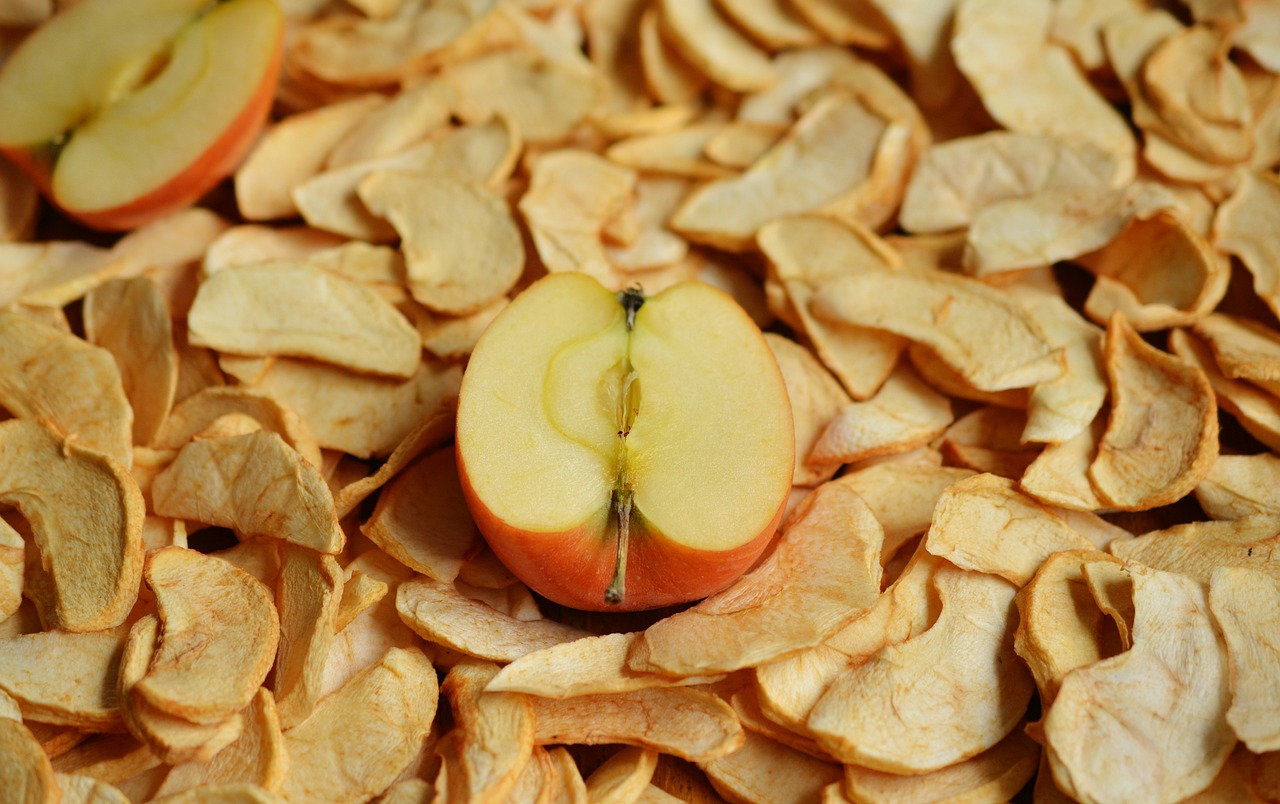
La manzana es una fruta muy saludable, rica en nutrientes que benefician la memoria, la inteligencia y los pulmones. Además de comerlas frescas, se pueden procesar como manzanas secas, que son más fáciles de transportar y conservar.
Para hacerlas, se sigue un proceso: seleccionar manzanas frescas, lavarlas, pelarlas, quitar el corazón, cortarlas en rodajas y secarlas con un equipo especial llamado TROCKNNER, que controla temperatura (60 °C) y humedad durante 5–8 horas. Luego se revisan, se recortan imperfecciones y se empacan, preferiblemente al vacío para prolongar su duración.
El secador TROCKNNER es eficiente, ecológico y ahorra mucha energía en comparación con otros métodos. No produce humo ni sustancias dañinas, funciona de forma automática y se adapta a distintos tamaños y necesidades de cada empresa, ayudando a reducir costes y emisiones.
Read more
Para hacerlas, se sigue un proceso: seleccionar manzanas frescas, lavarlas, pelarlas, quitar el corazón, cortarlas en rodajas y secarlas con un equipo especial llamado TROCKNNER, que controla temperatura (60 °C) y humedad durante 5–8 horas. Luego se revisan, se recortan imperfecciones y se empacan, preferiblemente al vacío para prolongar su duración.
El secador TROCKNNER es eficiente, ecológico y ahorra mucha energía en comparación con otros métodos. No produce humo ni sustancias dañinas, funciona de forma automática y se adapta a distintos tamaños y necesidades de cada empresa, ayudando a reducir costes y emisiones.

Seque con una secadora TROCKNNER durante 3 a 4 horas a una temperatura entre 65 - 68°C para permitir que la longaniza fermente y asegure el sabor ceroso. El control del período de desarrollo del color y el período de establecimiento de la contracción en la fase de desaceleración y secado, el control de la temperatura está entre 50 y 55 °C, el control de la humedad es de aproximadamente el 45 %, el tiempo es de 4 a 5 horas, la salchicha cambia gradualmente de rojo claro a rojo brillante y la carcasa está contraída. En este momento, debemos prestar atención a la apariencia de la cubierta dura, y puede usar la configuración de la secadora para alternar el uso en frío y en caliente.
En la etapa de secado rápido, para fortalecer la velocidad de secado, la temperatura debe elevarse a 58 - 60°C, el tiempo de secado debe controlarse en 10 - 12 horas, la humedad relativa debe controlarse en aproximadamente 38% y el final la humedad de la salchicha debe ser de alrededor del 17%.
Read more
En la etapa de secado rápido, para fortalecer la velocidad de secado, la temperatura debe elevarse a 58 - 60°C, el tiempo de secado debe controlarse en 10 - 12 horas, la humedad relativa debe controlarse en aproximadamente 38% y el final la humedad de la salchicha debe ser de alrededor del 17%.
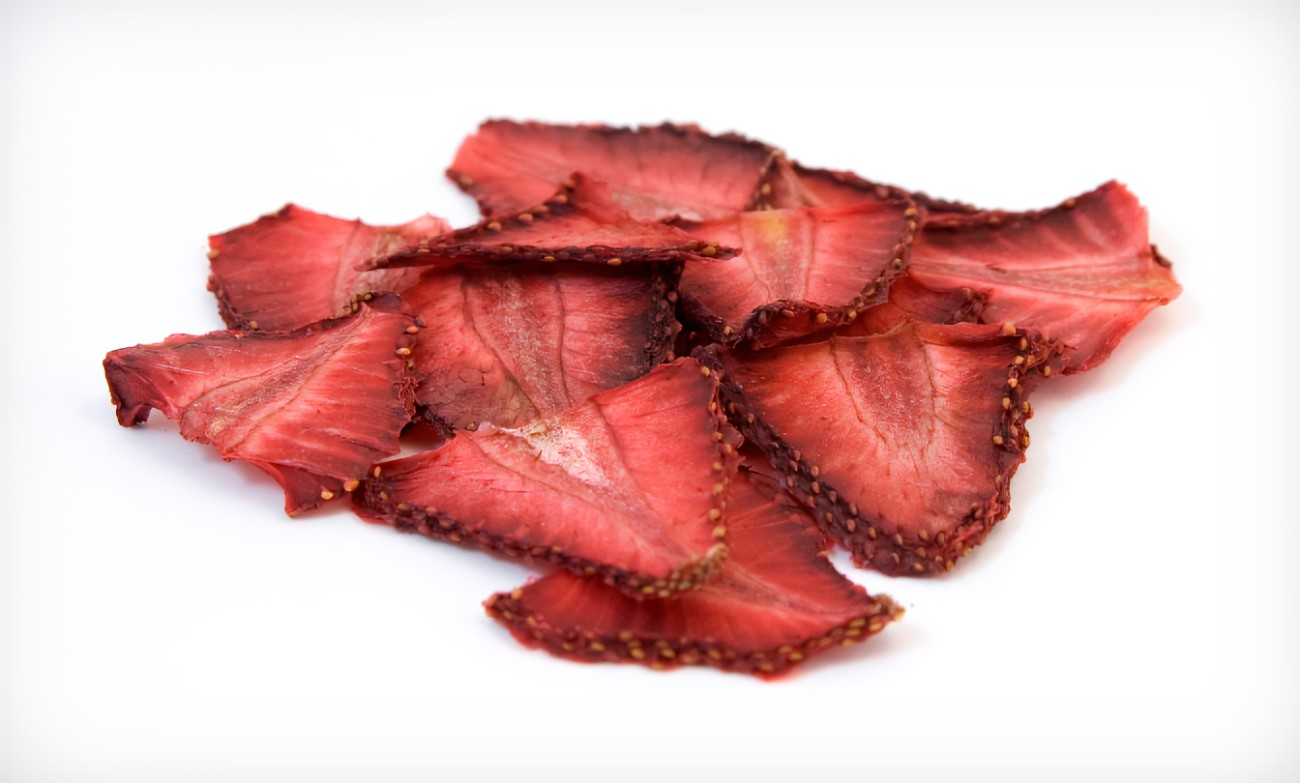
En Chile, el buen clima y suelo permiten producir frutillas de alta calidad, y las versiones secas se exportan cada vez más por su sabor intenso y beneficios para la salud (como antioxidantes, vitamina C y fibra).
El secado comienza con la selección de frutillas grandes y limpias, quitando el pedículo (parte verde). Luego se sumergen en una solución de azúcar y se dejan reposar para impregnarse de sabor. Después se escurren y se secan en una máquina: primero a temperaturas altas para eliminar la mayor humedad, luego más bajas para completar el proceso suavemente y conservar las propiedades.
Read more
El secado comienza con la selección de frutillas grandes y limpias, quitando el pedículo (parte verde). Luego se sumergen en una solución de azúcar y se dejan reposar para impregnarse de sabor. Después se escurren y se secan en una máquina: primero a temperaturas altas para eliminar la mayor humedad, luego más bajas para completar el proceso suavemente y conservar las propiedades.

La mayoría de las carnes frescas pueden convertirse en cecina: res, cordero, cerdo, pollo, pescado, conejo, pato o salmón. Al deshidratarla, se reduce mucho su agua interna y la mayoría de las bacterias no sobrevive. Condimentada de distintas formas, la cecina adquiere diversos sabores y es fácil de conservar, transportar y comer. Prepararla es una técnica que se ha perfeccionado en la vida diaria.
Read more

El secado de pescado de pequeño tamaño se basa en el tradicional secado natural al aire y requiere una superficie de secado muy amplia; además, se ve fácilmente afectado por las condiciones climáticas, exige mucha mano de obra, favorece la proliferación de moscas y no permite garantizar la higiene del alimento. Algunas empresas emplean hornos de carbón para realizar el secado a altas temperaturas. Sin embargo, la calidad del producto es baja, la generación de aceite es elevada, el contenido de azufre del humo sobrepasa los límites permitidos, el color y el brillo resultan irregulares, la temperatura y la humedad son difíciles de regular y se necesita supervisión intermitente del trabajo, por lo que esta técnica se encuentra en proceso de eliminación. Por ello, imitando las condiciones ambientales del secado natural, se desarrolló un secador con bomba de calor para pescado pequeño, destinado al proceso de deshidratación de productos acuáticos.
Read more

Para secar las cebollas, extiéndalas sobre una superficie limpia y seca con buena ventilación, como un garaje o un cobertizo. Se recomienda curar la cebolla durante al menos dos o tres semanas o hasta que el cuello superior esté completamente seco y la piel exterior esté ligeramente crujiente.
